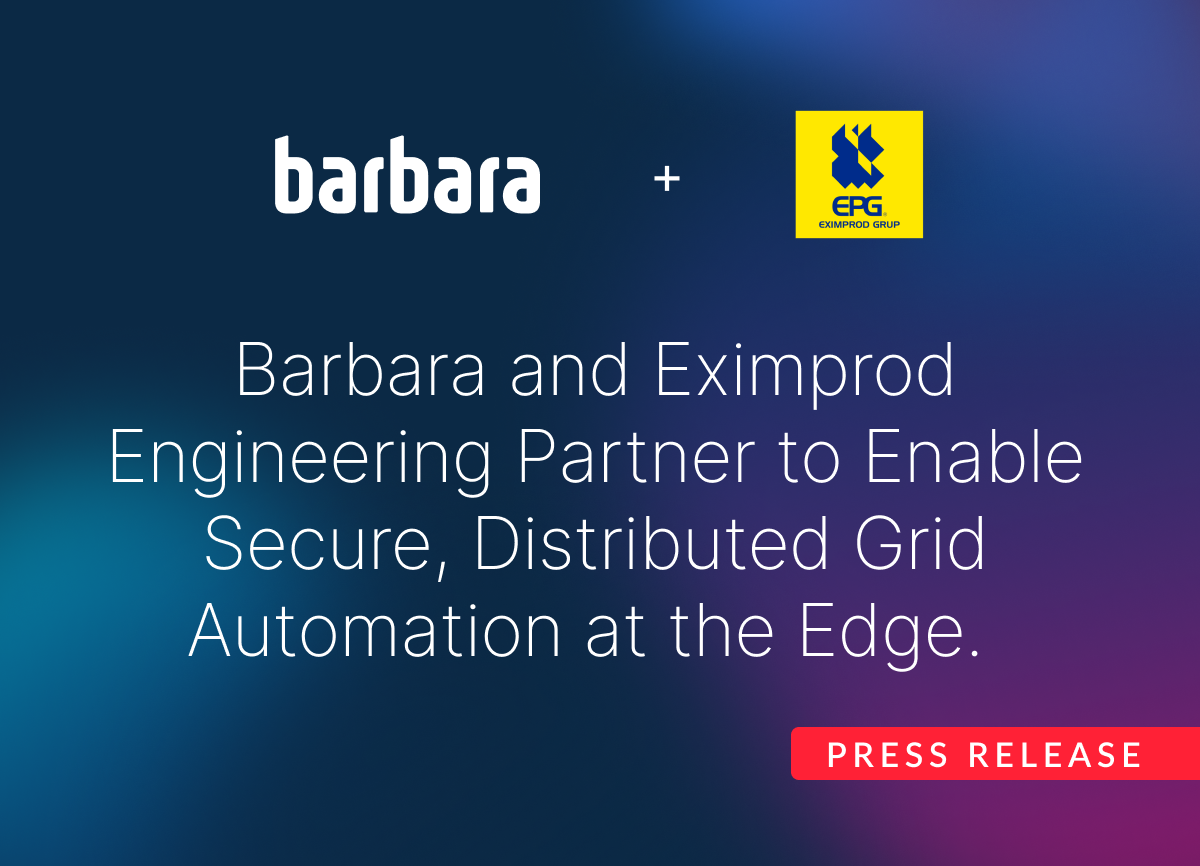Adaptive AI and the Role of Edge Computing
As artificial intelligence continues to advance, the need for real-time, adaptive, and efficient AI systems becomes increasingly critical. In this article, we dig in into how edge computing complements and enhances adaptive AI, enabling intelligent applications to thrive in diverse and dynamic environments. Join us as we explore the revolutionary synergy between edge computing and adaptive AI.
Understanding Adaptive AI and its Challenges
Adaptive AI refers to AI systems that can learn, evolve, and adjust their behavior based on changing data and circumstances. Unlike traditional AI, which relies on pre-defined rules, adaptive AI leverages machine learning algorithms to continuously improve its performance. However, for such AI to thrive, it needs access to real-time data and rapid processing capabilities, which is where edge computing comes into play.
The Power of Edge Computing in Real-Time Data Processing
Edge computing brings computational power closer to the data source, allowing AI models to analyze information at the network's edge. By reducing latency and processing data locally, edge computing enables adaptive AI systems to make swift, context-aware decisions without relying heavily on centralized cloud infrastructures. This capability is especially crucial in time-sensitive applications, such as autonomous vehicles, healthcare, and industrial automation.
Enhancing Adaptation and Personalization
With the ability to process data at the edge, adaptive AI models can gather real-time insights from the immediate environment. This data-driven approach enables AI to adjust its behavior rapidly and cater to specific user preferences or changing scenarios. For example, in smart homes, edge-based adaptive AI can learn residents' habits, optimize energy usage, and create personalized experiences based on individual preferences.
Overcoming Connectivity and Privacy Concerns
In certain applications, reliable internet connectivity might not always be available. Edge computing's decentralized architecture ensures that AI systems can continue functioning even in limited or intermittent connectivity scenarios. Additionally, edge computing reduces the need to transmit sensitive data to central cloud servers, enhancing data privacy and mitigating potential security risks.

FAQs (Frequently Asked Questions):
- What industries can benefit from the combination of edge computing and adaptive AI?
A wide range of industries can benefit from the synergy between edge computing and adaptive AI. This includes autonomous vehicles, healthcare, smart cities, industrial IoT, retail, and entertainment. The real-time processing and adaptability of AI enable these industries to deliver more efficient, personalized, and context-aware services to their customers. - How does edge computing enable AI models to adapt to dynamic environments?
Edge computing enables AI models to process data closer to the source, allowing them to receive real-time information and adapt rapidly to changes in the environment. The decentralized nature of edge computing ensures that AI systems can continue functioning even in scenarios with limited or intermittent connectivity, making them highly adaptive in dynamic environments. - Does edge computing enhance data privacy and security in adaptive AI applications?
Yes, edge computing contributes to data privacy and security in adaptive AI applications. By processing data locally at the edge, AI systems can reduce the need to transmit sensitive information to central cloud servers. This reduces the risk of data breaches and ensures that sensitive data stays within a confined network, enhancing overall privacy and security.
Barbara, The Cybsersecure Edge Platform for Adaptative AI
.png)
Barbara Industrial Edge Platform helps organizations simplify and accelerate their Edge AI deployments, building, orchestrating and maintaining easily container-based or native applications across thousands of distributed edge nodes:
- Real-time data processing: Barbara allows for real-time data processing at the edge, which can lead to improved operational efficiency and cost savings. By processing data at the edge, organizations can reduce the amount of data that needs to be transmitted to the cloud, resulting in faster response times and reduced latency.
- Improved scalability: Barbara provides the ability to scale up or down depending on the organization´s needs which can be beneficial for industrial processes that have varying levels of demand.
- Enhanced security: Barbara offers robust security features to ensure that data is protected at all times. This is especially important for industrial processes that deal with sensitive information.
- Flexibility: Barbara is a flexible platform that can be customized to meet the specific needs of an organization. This allows organizations to tailor the platform to their specific use case, which can lead to improved efficiency and cost savings.
- Remote management: Barbara allows for remote management and control of edge devices, applications and data, enabling organizations to manage their infrastructure from a centralized location.
- Integration: Barbara can integrate with existing systems and platforms, allowing organizations to leverage their existing investments and improve efficiency.
Conclusion
Edge computing plays a crucial role in the success of adaptive AI applications. By providing real-time data processing, enhancing adaptation and personalization, and overcoming connectivity and privacy concerns, edge computing empowers AI systems to thrive in dynamic environments.
The combination of edge computing and adaptive AI opens new horizons for various industries, driving innovation and creating more efficient, intelligent, and personalized experiences for users. As we continue to witness advancements in adaptive AI and edge computing, we can expect transformative changes across diverse sectors, ushering in a new era of intelligent applications and services.
The most important data of the Industry starts ‘at the edge’ across thousands of IoT devices, industrial plants and equipment machines. Discover how to turn data into real-time actions, with the most efficient and zero-touch platform. Request a demonstration.
Want to know more about Edge AI and Adaptative AI? replay "The Cutting-EDGE of MLOps" webinar
Gain insights into trends and best practices in implementing Machine Learning at the Edge, from optimisation, and deployment to monitoring from OWKIN, APHERIS, MODZY, PICSELLIA, SELDON, HPE, NVIDIA and BARBARA.
🔒 Enhance Data Access, Security and Privacy through Federated Learning
💪 The tools, systems and structures you need to put in place for real-time AI
🚀 Improve model performance for Computer Vision
⚙️ Run successful Machine Learning Model Inference
💡 Optimize ML models for edge devices
🔒 Secure your ML models in the edge




.png)





